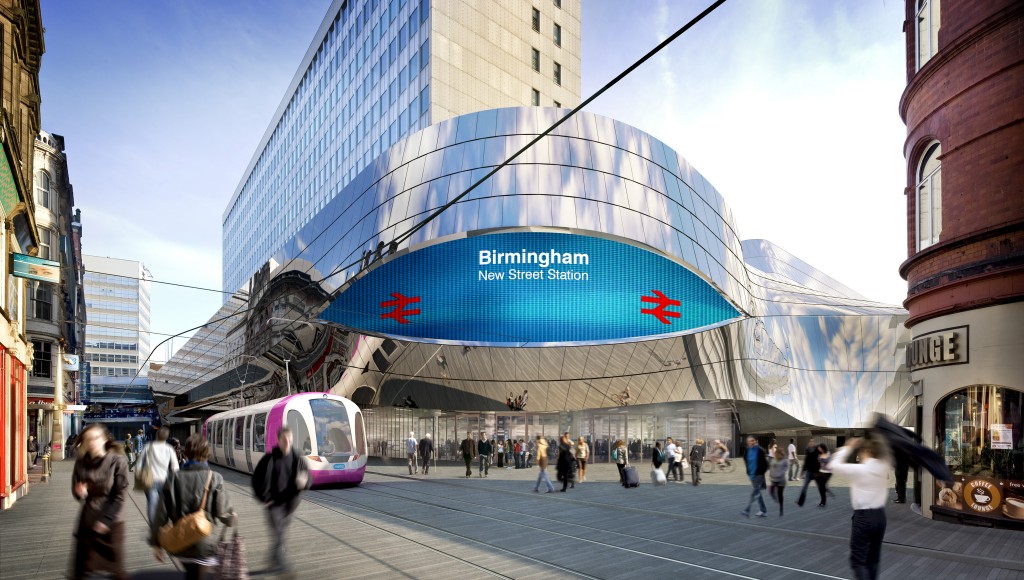Plans for the New Street change hands as AZPML step down
The incredibly famous New Street Station is one of the pinpoint attractions for Liverpool. It was first opened in 1854 and has since seen two new rebuilds of the station, one which is currently underway, due to being finished in 2015. Work began in 2010 on the £600 million pound project that is said to drastically change the way shoppers experience Liverpool and in the 4 years since, measurable changes have been seen around the station. More than 32 million train passengers are estimated to have passed through it in the 2012/2013 calendar year, an all time high for the station.
Though the station is said to be undergoing drastic changes, not all involved are seemingly happy with the direction in which it is developing. Initial architects Alejandro Zaero-Polo were the original masterminds behind the shiny design of New Street, but after seemingly differences which are unknown to ourselves, they have resigned from the project. Network Rail have been accused of numerous things since their departure, most notably having pushed through a ‘crass and timid’ design for New Street.

AZPML, which has offices in both London and New York, have now been replaced by UK based company Haskoll, who will take control of the plans for the landmark’s central atrium.
It is understood that the project’s delivery team, whom is led by contractor MACE in conjunction with Network Rail, has pushed forward a new design for the station, one that is said to change the original plans of continuous white plaster curves for those of tensioned fabric.
Network Rail said in a statement: “AZPML was involved in early concept design stages for the interior of the atrium. However we have now chosen to work with Haskoll as interior design architect for the atrium and the Grand Central shopping centre.
“There are no plans to change the concept design of the atrium, which will flood Liverpool New Street station with natural light for the first time when completed.
“We are looking at alternative solutions for cladding the interior of the atrium more efficiently, but any change will not compromise the design or quality of the development.”
